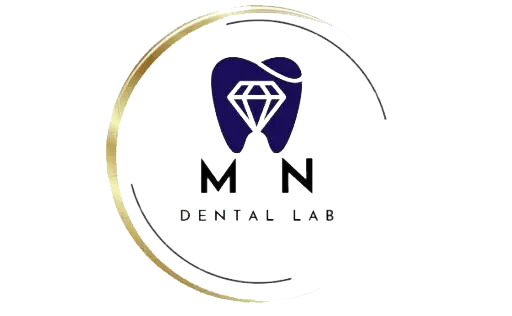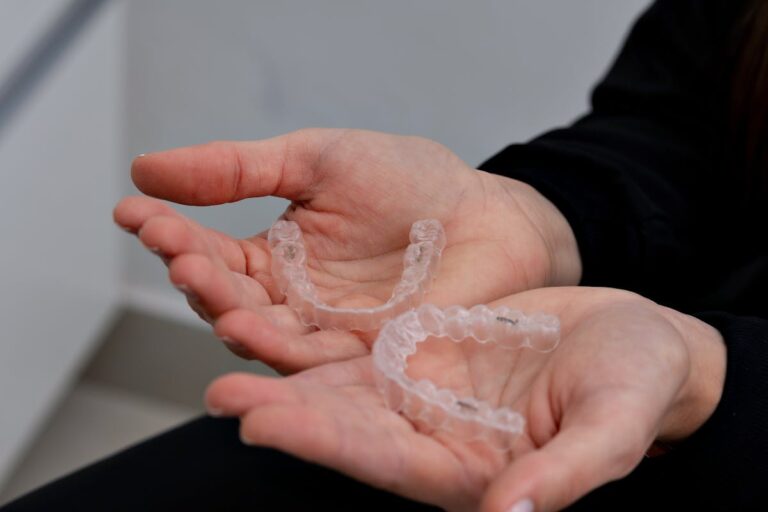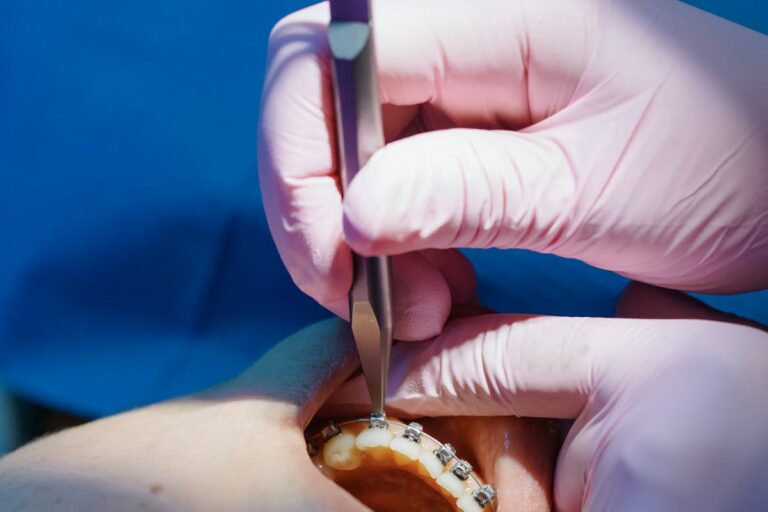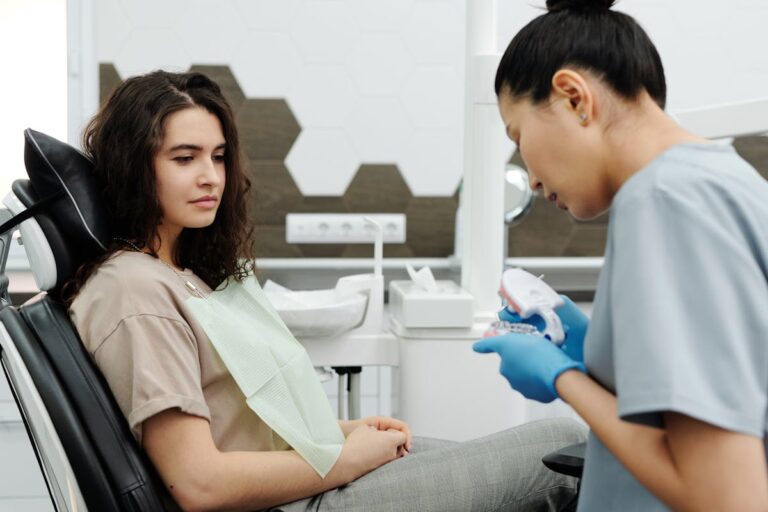The multifaceted nature of temporomandibular joint disorders, commonly known as TMJ, necessitates a diverse array of treatment options. In Minnesota, TMJ treatment has evolved to encompass a broad spectrum of methods, ranging from home remedies and physical therapy to dental interventions and surgical procedures. This all-encompassing approach, bolstered by technology like advanced diagnostic imaging, helps deliver personalized care tailored to individual patient needs. With a focus on effective symptom management, preventive measures, and lifestyle adjustments, Minnesota’s approach to TMJ treatment paves the way for enduring relief from this condition. Yet, the question remains: which treatment options yield the most effective results?
Understanding TMJ Disorders
Although often overlooked, Temporomandibular Joint Disorders, commonly referred to as TMJ disorders, are a prevalent issue affecting millions worldwide. The causes of TMJ are multifaceted, often deriving from a combination of genetic, hormonal, and environmental factors. These can include jaw injury, arthritic conditions, habitual teeth grinding, or clenching, and even specific connective tissue diseases that may predispose individuals to TMJ disorders. The risk factors for TMJ disorders are similarly diverse, spanning age, sex, and lifestyle habits. Women of childbearing age, for instance, are particularly at risk. Additionally, chronic stress, which can lead to jaw clenching and teeth grinding, greatly increases the likelihood of developing TMJ disorders. Understanding these causes and risk factors is essential in both the diagnosis and treatment of this condition.
Home Remedies for TMJ Pain
In light of the complexities associated with Temporomandibular Joint Disorders, it is prudent to contemplate various home remedies for TMJ pain, which can provide notable relief and improve quality of life. Stress management, for instance, plays an essential role in mitigating the symptoms. Progressive muscle relaxation, deep breathing exercises, and other stress-reducing activities can greatly decrease the frequency and intensity of TMJ pain. Another important aspect is dietary adjustments. Consuming soft foods and avoiding excessive chewing can lessen the strain on the joint. Equally important is to abstain from caffeine and alcohol, which can exacerbate tension in the muscles and joints. Fundamentally, a holistic combination of stress management and dietary modifications can considerably alleviate TMJ pain at home.
Non-Invasive TMJ Treatments
Turning our attention to non-invasive TMJ treatments, it is essential to first establish a thorough understanding of TMJ symptoms. This knowledge base will allow for a more tailored approach to management and treatment. Subsequently, we will explore how physical therapy serves as a viable and often beneficial option for those seeking non-surgical interventions.
Understanding TMJ Symptoms
Have you ever experienced a clicking noise or discomfort in your jaw when talking or eating? This annoyance might be more than simple irritation; it could be a symptom of Temporomandibular Joint Disorder (TMJ). TMJ symptoms often include jaw pain, which can range from a mild, constant ache to sharp, intermittent jolts. This discomfort can extend to the face, neck, and shoulders, often due to muscle tension triggered by the disorder. Some patients report headaches, earaches, and even difficulty opening their mouths wide. It’s essential to understand these symptoms as they can greatly affect daily life. Recognizing these signs early can help in seeking appropriate, non-invasive TMJ treatments promptly, alleviating the pain and improving quality of life.
Exploring Physical Therapy Options
While many individuals suffering from TMJ symptoms may initially turn to medication for relief, it’s worth noting that physical therapy provides an effective, non-invasive alternative. This approach often involves manual therapy and therapeutic exercises. Manual therapy, executed by a trained physical therapist, involves gentle, hands-on techniques designed to improve joint mobility and relieve muscle tension. This is typically coupled with therapeutic exercises tailored to strengthen the muscles supporting the jaw. These exercises can also enhance flexibility and promote better alignment, reducing the stress on the TMJ. As a result, when considering TMJ treatment options in Minnesota, one should not overlook the potential benefits of physical therapy. It’s a non-invasive, practical, and effective way to manage and potentially alleviate TMJ symptoms.
Dental Approaches to TMJ Relief
Emphasizing the role of dental procedures in managing TMJ disorders, we proceed to explore orthodontic TMJ treatment methods, non-surgical dental interventions, and long-term dental solutions. These approaches, integrative in nature, target the root cause of the problem to alleviate discomfort and improve functionality. Utilizing a professional and specialized perspective, we will examine the effectiveness and applicability of these methods in thorough TMJ treatment plans.
Orthodontic TMJ Treatment Methods
Despite the common misconception, orthodontic treatment methods can play a vital role in alleviating Temporomandibular Joint Disorder (TMJ) symptoms. Implementing orthodontic appliances such as braces, retainers, or splints can help adjust a patient’s bite alignment, reducing strain on the TMJ and relieving painful symptoms. These appliances work by gently shifting the teeth over time, correcting imbalances and dysfunctions in the jaw. However, the effectiveness of these orthodontic interventions can vary based on the severity of a patient’s TMJ disorder and their unique bite alignment issues. As a result, thorough consultation and diagnosis are essential before initiating any orthodontic treatment. In Minnesota, many dental clinics offer these specialized services, employing experienced orthodontists adept in managing TMJ disorders.
Non-Surgical Dental Interventions
Non-surgical dental interventions provide an effective approach to managing TMJ disorders without resorting to invasive surgery. Two prevalent strategies in this domain are splint therapy and bite alignment.
Splint therapy involves wearing a dental appliance similar to a mouthguard. It’s designed to protect the teeth from grinding and clenching, which are common symptoms of TMJ disorders. This intervention reduces the strain on the jaw joint and alleviates pain.
Bite alignment, on the other hand, addresses TMJ disorders at their root. This technique modifies the patient’s bite, aiming to reduce the pressure on the jaw joint. This is achieved by reshaping the biting surfaces of the teeth or using braces to move the teeth into a more balanced and less strenuous position. Hence, non-surgical dental interventions offer viable options for TMJ relief.
Long-Term Dental Solutions
While non-surgical interventions offer temporary relief, long-term dental solutions are essential for lasting TMJ disorder management. These sustainable relief strategies involve a specialized approach, focusing on the root causes of the pain. First, orthodontic treatments can readjust the bite, alleviating stress on the jaw joint. In addition, dental restorations such as crowns, bridges, or implants can replace missing teeth, improving overall jaw function. Thirdly, occlusal adjustments can correct bite anomalies, reducing TMJ symptoms. As part of these long-term strategies, dentists might also recommend wearing a custom-made night guard to prevent teeth grinding, a common cause of TMJ disorders. By focusing on these dental approaches, patients can experience significant, sustainable relief from TMJ pain.
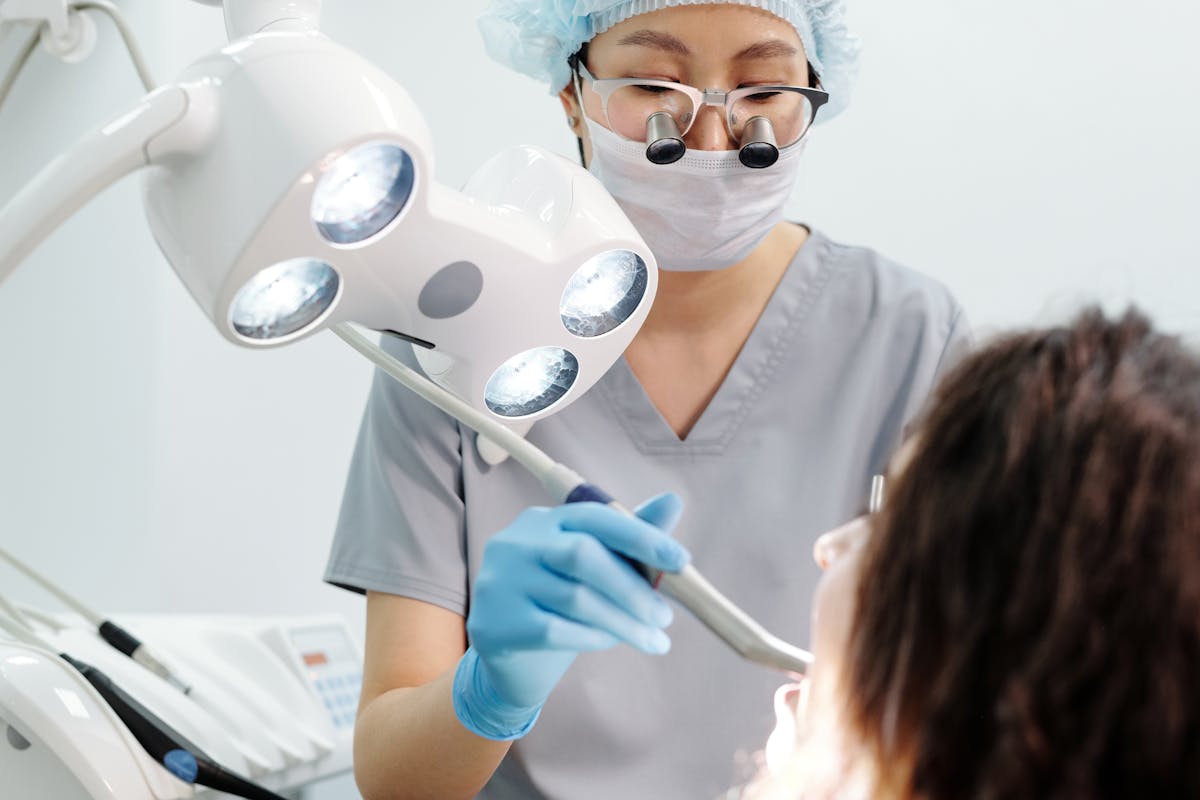
Surgical Options for TMJ
Steering through the complex landscape of Temporomandibular Joint (TMJ) Disorder treatment, patients often find themselves considering surgical options. Depending on severity and response to non-invasive treatments, TMJ surgery might become a viable option. Procedures range from minimally invasive arthrocentesis techniques, which involve the removal of inflammatory byproducts from the joint, to more extensive open joint surgeries, which could involve reconstruction or replacement of the joint.
Each surgical option carries its own risks and benefits. While arthrocentesis techniques offer less recovery time and lower risk, they may not provide long-term relief for more severe cases. Open joint surgeries, though more invasive, can offer more definitive solutions. Consultation with a medical professional is key to determining the best course of action.
Minnesota TMJ Specialists
In the state of Minnesota, several highly skilled specialists focus on the diagnosis and treatment of TMJ disorders. These TMJ specialists operate in Minnesota clinics that are equipped with state-of-the-art technology and employ innovative, evidence-based treatment strategies. They are not only well-versed in the intricacies of TMJ disorders but also experienced in handling complex cases. These professionals offer a thorough range of services from initial consultations, advanced diagnostic imaging, to conservative treatment plans and even surgical interventions if necessary. Minnesota’s TMJ specialists take a personalized approach, tailoring treatment plans to each patient’s unique needs and circumstances. Their commitment to excellence, combined with their deep understanding of TMJ disorders, guarantees patients receive superior care for their condition.
Tips to Prevent TMJ Flare-Ups
Although Minnesota’s TMJ specialists provide exemplary treatment, proactive steps can also be taken to avert the onset of TMJ flare-ups. The first line of defense is stress management. Elevated stress levels can provoke muscle tension, leading to TMJ discomfort. Regular exercise, meditation, and adequate sleep are effective stress-reducing strategies. Additionally, dietary adjustments can aid in TMJ pain mitigation. A soft, nutrient-dense diet that reduces jaw strain is recommended. Avoidance of hard or chewy food items can lessen the pressure exerted on the TMJ. Regular hydration is also a vital element of this dietary strategy. By incorporating these measures into daily routines, individuals can successfully manage and prevent the recurrence of TMJ flare-ups.
Frequently Asked Questions
What Are the Common Symptoms of TMJ Disorders?
Common symptoms of TMJ disorders typically include persistent jaw pain and discomfort. Patients may also experience clicking sounds or a grating sensation when opening the mouth or chewing, often accompanied by limited jaw movement.
How Long Does a Typical TMJ Treatment Last?
The duration of TMJ treatment largely depends on the severity of the condition and therapy types utilized. Generally, non-surgical treatments like physical therapy or oral devices may last several weeks to months for noticeable improvement.
Are There Any Side Effects to Non-Invasive TMJ Treatments?
Non-invasive therapies for TMJ carry minimal potential risks. Common side effects may include temporary discomfort or sensitivity. However, each patient responds differently, and it is crucial to discuss potential side effects with your healthcare provider.
Is TMJ Treatment Covered by Health Insurance in Minnesota?
Coverage of TMJ treatment by health insurance in Minnesota depends on the individual’s insurance policy with specific emphasis on its coverage limits. Consulting with the insurance provider will provide definitive information on this matter.
Can Lifestyle Changes Help Manage TMJ Disorders?
Yes, lifestyle changes can greatly aid in managing TMJ disorders. Effective strategies include stress management techniques and dietary modifications, such as avoiding hard or chewy foods, which can reduce strain on the jaw joint.
